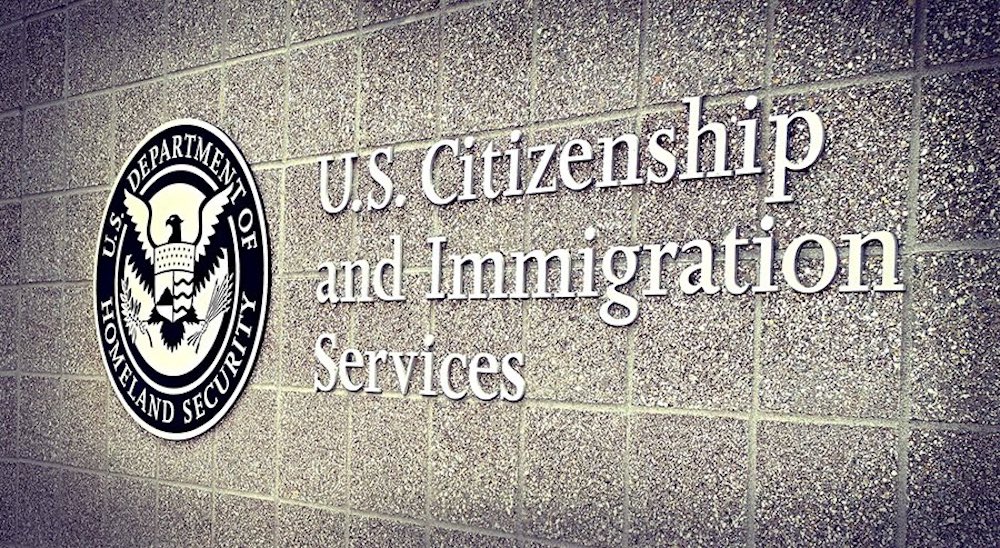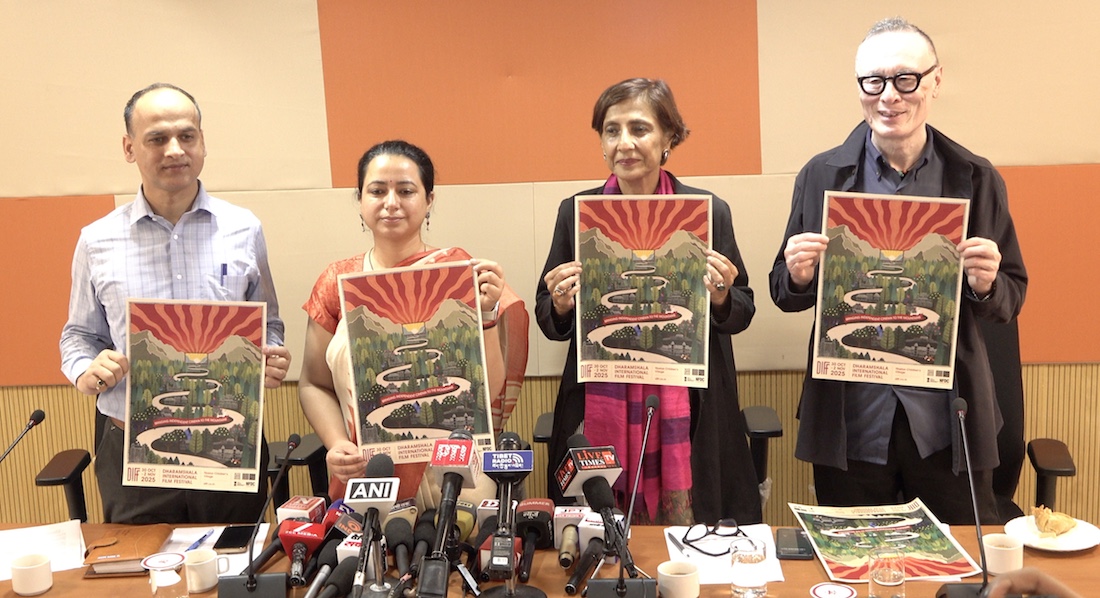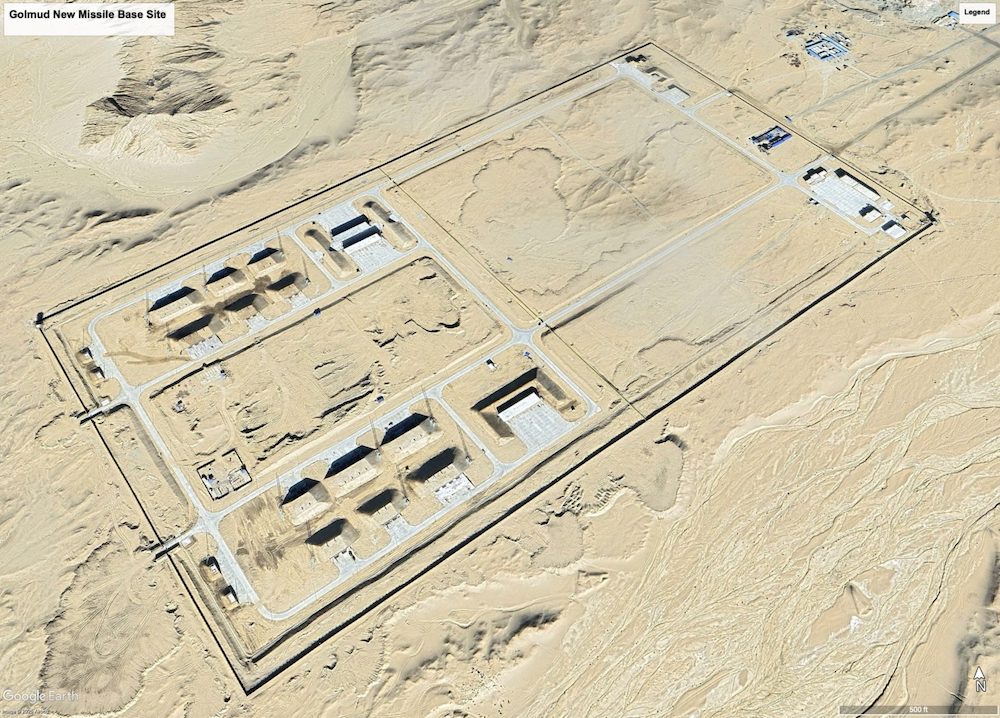Tsering Dhundup
DHARAMSHALA, June 21: A group of 39 Indian pilgrims crossed into Tibet on Friday, marking the long-awaited resumption of the Kailash Mansarovar Yatra after a five-year suspension that began during the COVID-19 pandemic and extended due to border tensions between India and China.
The pilgrims entered Tibet through the Nathu La Pass at approximately noon on Friday, forming the first officially organised pilgrimage group to visit the sacred sites since 2019. They will embark on a 12-day spiritual journey to Mount Gang Rinpoche (Mount Kailash) and Lake Mapam YumTso (Lake Mansarovar) in Tibet’s remote Ngari Prefecture.
Mount Kailash, towering at 6,638 metres in Tibet’s western region, holds extraordinary religious significance across multiple faiths. Hindu devotees revere the peak as the sacred abode of Lord Shiva, while Buddhists consider it the dwelling place of Buddha Demchok. The nearby Lake Mansarovar, situated at 4,590 metres above sea level, is regarded as the most sacred lake in both Hindu and Buddhist traditions.
The Kailash Mansarovar Yatra was initially suspended in 2020 due to COVID-19 border closures, but the suspension extended well beyond the pandemic period following escalating tensions along the India-China border. The June 2020 Galwan Valley clashes marked a particularly low point in bilateral relations, effectively freezing civilian exchanges, including the annual pilgrimage.
The geopolitical sensitivity of the region, which has been under Chinese administration since the 1950s, made the yatra particularly vulnerable to diplomatic tensions.
The breakthrough came through sustained diplomatic efforts by both nations to normalise relations. A crucial milestone was reached in October 2024 when India and China agreed to troop disengagement at the disputed Demchok and Depsang areas, paving the way for the restoration of civilian exchanges.
Before the Chinese invasion of Tibet in 1950, the pilgrimage route to Mount Kailash and Lake Manasarovar was relatively accessible for Indian pilgrims. The Sino-Indian war in 1962 caused the borders to close, disrupting the pilgrimage. The yatra resumed after 1981, with groups of Indian pilgrims entering Tibet through the Lipulekh Pass in Uttarakhand.
According to reports, a second group of Indian pilgrims is scheduled to enter China via the Nathu La Pass on June 25, indicating the systematic restoration of the pilgrimage programme.










